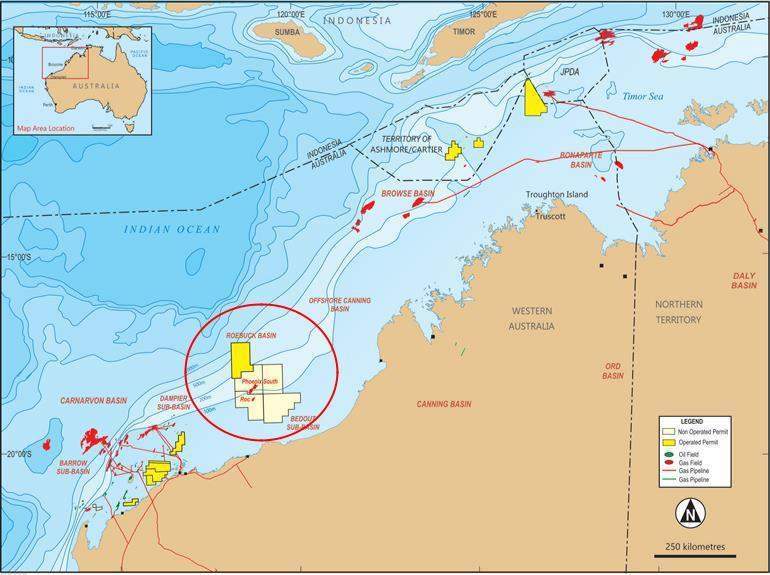
Carnarvon Petroleum said that light oil has been recovered from a reservoir featuring a gross hydrocarbon package of 96.1m and a net pay thickness of 79.6m in highly porous and permeable sands.
Wireline testing carried out at the Dorado-1 well confirmed the results after it was drilled down to about 4,044m depth in 8-1/2” hole using the ENSCO-107 jack-up drilling rig.
Carnarvon said that wireline and formation evaluation tools have confirmed that a hydrocarbon column is present in the Caley Member in the Dorado-1 well, with light oil recovered to surface.
The company also said that an additional hydrocarbon accumulation has been observed in the Baxter Member, with drilling and evaluation yet to be completed in that section of the Dorado-1 well.
Carnarvon managing director Adrian Cook said: “This is a significant discovery given the quantum of the net pay thickness, the quality of the oil and the extremely good reservoir characteristics.
“Currently, we estimate the net oil pay is around 80 metres, with more drilling still to come this is very exciting for Carnarvon Petroleum.
Cook added that with other targets still left to be explored, the focus currently will be to wrap up the drilling program through the Baxter, Crespin and Milne Members.
The Dorado-1 well is located inside the WA-437-P exploration permit in the North-West Shelf of Australia. Quadrant Energy’s subsidiary Quadrant Northwest is the operator of WA-437-P with a stake of 80% and is partnered by Carnarvon, which holds the remaining stake of 20%.
The primary target of the Dorado-1 well is the proven Caley Sandstone, which is estimated to hold a mean prospective resource of 545bscf of gas and 31 mmbbls of condensate.
The secondary target is the Milne Sandstone, which could hold up to four additional sands of a similar size, however, with a slightly higher risk, said Carnarvon.
Carnarvon said that the Dorado-1 well will be drilled further to nearly 4,550m following the completion of the wireline formation evaluation, to assess the newly discovered Baxter sand and the secondary targets in the Crespin and Milne.




